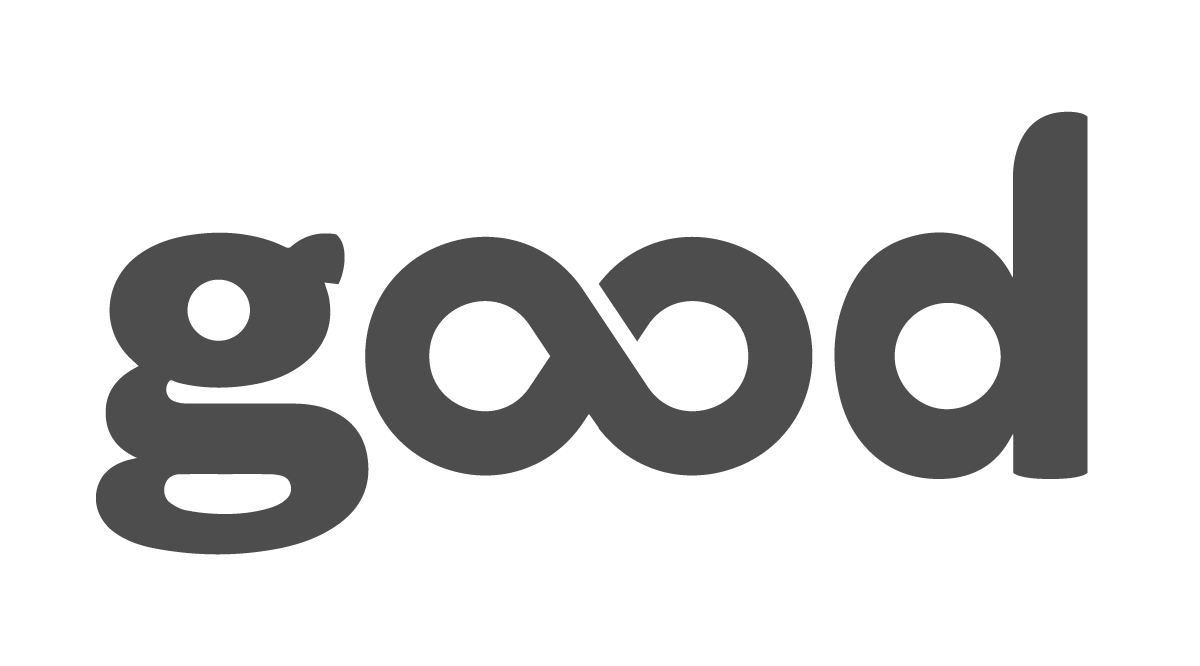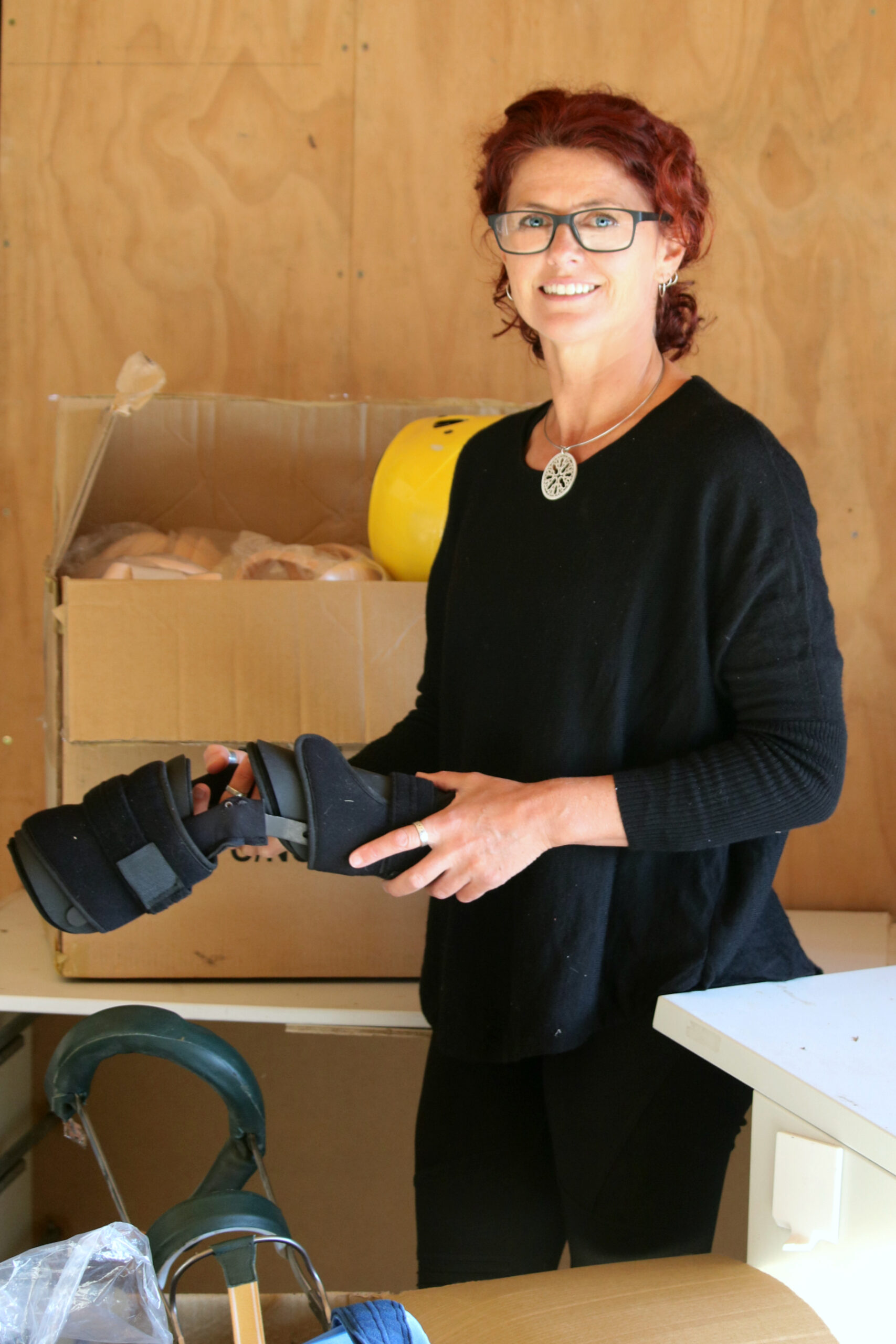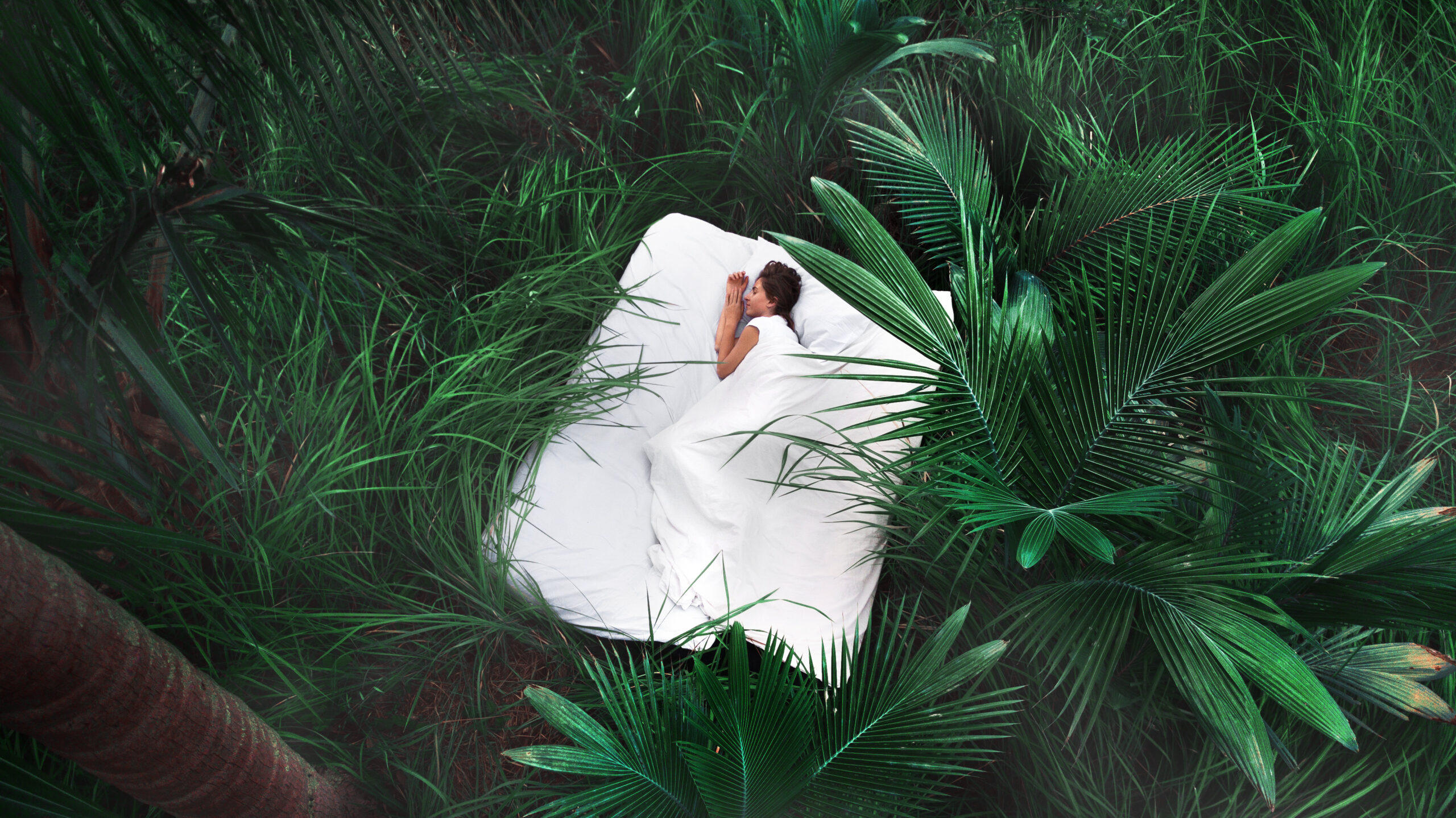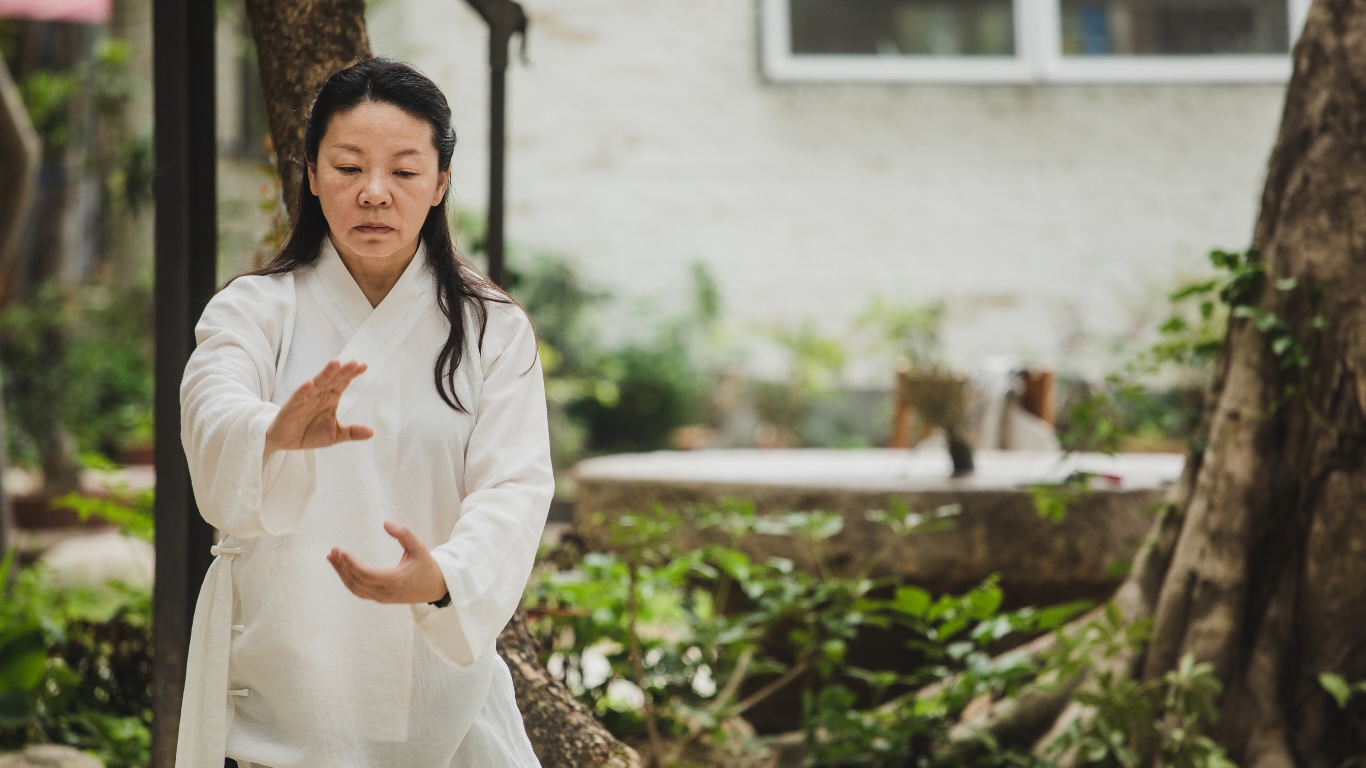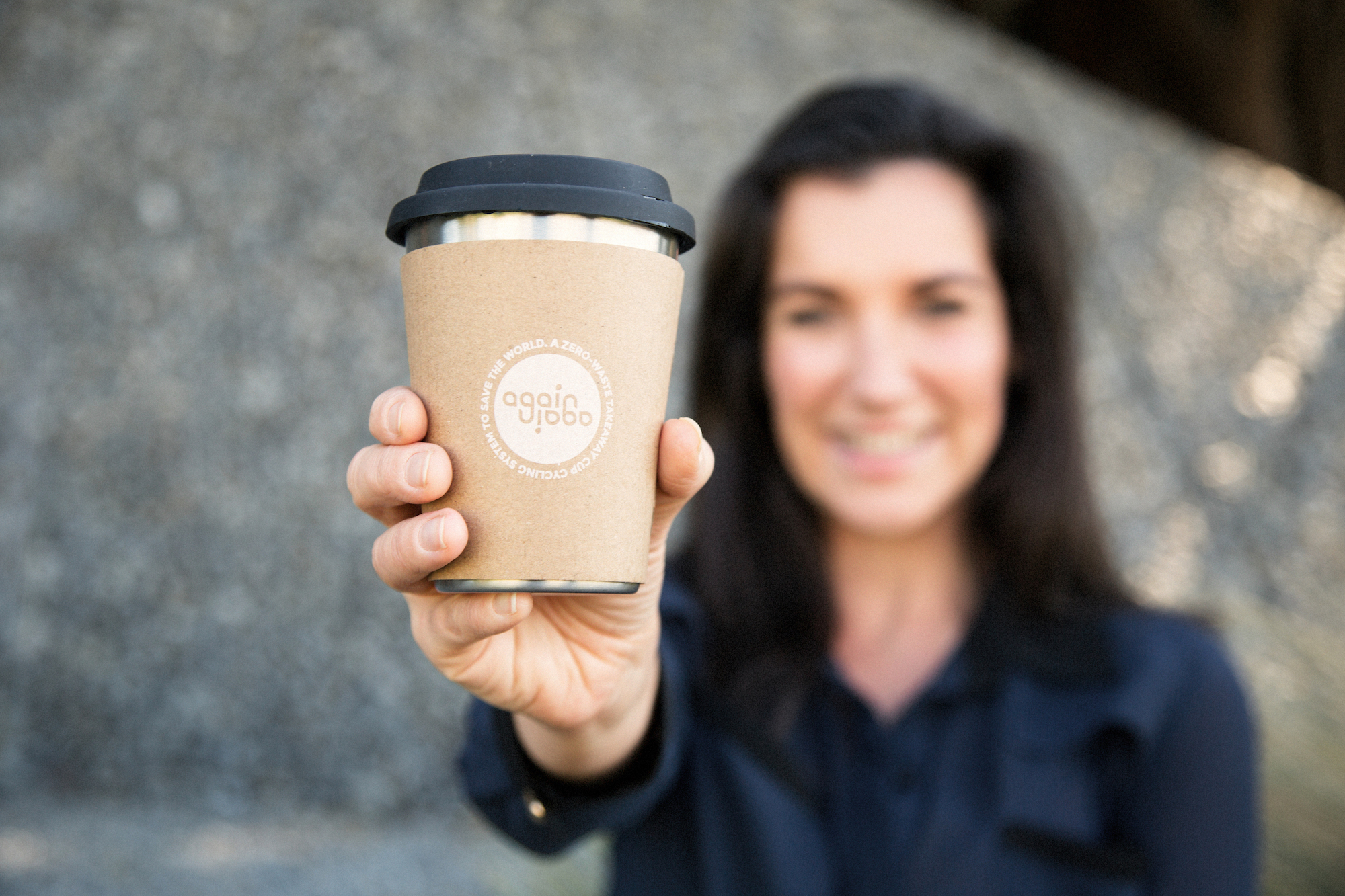Take My Hands has helped more than 110,000 people by supplying prosthetics and medical equipment.
Words Sophia Ramsay, Natalie Cyra
Tracking technology and good will has enabled social enterprise Take My Hands to send functional prosthetic equipment (destined for landfill in New Zealand) overseas to people who need it.
While having a cup of tea at a conference in 2010, Janette Searle learnt that perfectly functional prosthetic equipment was being dumped in landfills in New Zealand, yet there were people in other countries who needed it to be able to live a normal life.
That cup of tea prompted Searle to start the Take My Hands (TMH) project, leveraging a supply chain of spare capacity to collect unused prosthetics and other medical equipment in New Zealand – and deliver it to people in need in developing countries. The first shipment saw 400kg of artificial limbs sent to the Hope Rehab Society in Pakistan, taking only a few hours’ effort, $50, and a couple of ‘yes’ answers from some great transport companies.
To date, TMH has sent more than 57,000kg of prosthetics and other equipment (diverting it from landfill over here) to five different countries, helping around 110,000 people and creating more than $8 million in impact – all for less than $40,000.
The process initially involves finding out what is needed by recipient organisation partners. “They send us a needs list,” adds Searle, “to ensure what we send is actually needed – and avoids unnecessary waste. We work with our supply partners (NZ Artificial Limb Service, DHB’s in Auckland Wellington and Christchurch) to find what they have and match supply with the needs. Where we have something on offer that isn’t on a needs list, we check with our recipient organisations to see if its wanted before we collect it. Once we have enough to fill a pallet or container we send it.”
Says Searle, “We’re driven by the knowledge that we have so much resource here that is wasted, and at the same time there are those in desperate need, unable to live normal lives in other places. So we’re solving that problem one container load at a time.”
Making the most of technological advancements, TMH are working on an IT system that will make it even easier for people (both equipment suppliers and recipient organisations) to get involved, and reduce the ‘people time’ in coordinating the process, so that others can use the model with other kinds of equipment/resource they are passionate about. Tracking technology is also used on every item they send, to show where it came from and where it went. “That means we can tell you things like we’ve sent 982 items to the NRH hospital in Honiara (Solomon Islands), from hospital beds to rubber gloves and a lot in between.
“We have also developed an impact measurement tool to measure the value of what we’re sending, the extended life it might have if it’s a reusable item (e.g. hospital bed) and how many people that item will help support. [For example] the average hospital occupancy is around five days, so around 73 people a year will use hospital beds. So far we’ve sent 117 hospital beds with an extended life of 10 years.”
It’s evident Searle’s initiative is a truly life-changing one. For example, a man in Pakistan who lost his leg in a traffic accident and was unable to work went to the Hope Rehabilitation society and received a leg from TMH. It gave him his life back.
To vote for Janette Searle, winner of the Technology category, to be the People’s Choice winner, click here.
To learn more about Janette Searle and Take My Hands, head to takemyhands.org

